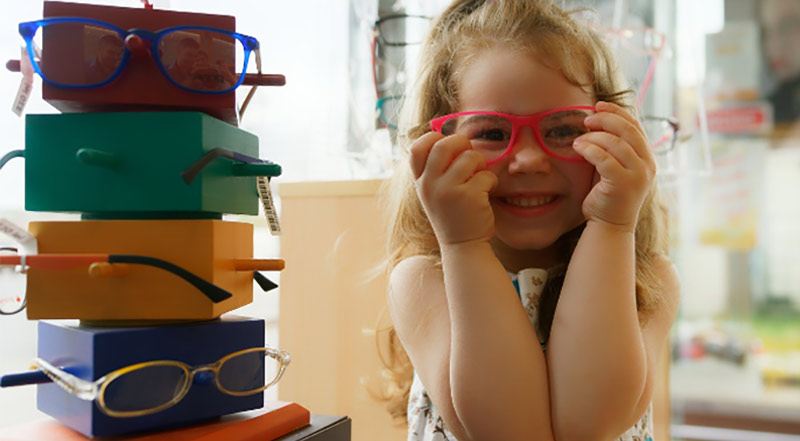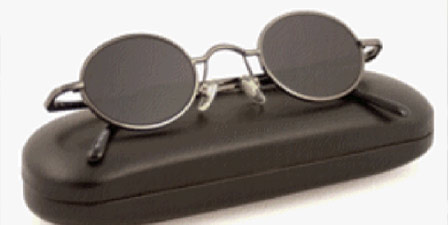By Danielle Crull, ABOM

“I don’t like these!” The little boy growled again. He had already said this about every pair he tried on.
“What don’t you like about them?” I ask?
“They have…writing on them!” He said with exasperation.
This little guy didn’t like the logos and the writing on the demo lenses. Which of course, every single frame he tried on did have. Imagine the desperation of just wanting to have a pair that you can see through.
He started to fall apart because every pair had that annoying writing on it and he knew he didn’t want that, because that would make seeing difficult.
Once he was finally able to express his concern we could move on. I simply told him that the writing is like the tags found on clothes that he tries on in the store. Once he chooses his glasses and we make them, all the writing will be gone, just like those tags and just like the glasses he has now.
For this little guy it was the writing, but for another child it could be how they feel on their nose, or even in their hands. Over the years of fitting children, one thing I can say for sure is that kids struggle with change and picking out and wearing the next pair of glasses can be a real challenge.
For the average child, it’s probably been a year since they picked out a new frame, but we can never underestimate how long a year is for a child. So I begin with a few thoughts before even trying glasses on. I tell them, “You might not remember since it’s been so long, but when you try these glasses on, you won’t see any different out of them yet. These are just samples; I’ll make your glasses just for your eyes.” Once I get the nod, I move on to my second bit of information.
“The next thing to remember is that these may not feel like your glasses do now. They might feel loose or tight and that’s ok because it’s my job to make them feel comfortable on you. All you need to do is tell me what bothers you and I’ll fix it if I can, and I’ll tell you if I can’t. Deal?” With an additional nod we are ready to get started looking at new frames.
The challenge of change begins with picking out the glasses, but it doesn’t stop there. It continues at dispensing and finally when they take those new glasses home and need to “live” with them. Transitioning into the next pair of glasses often requires a period of adjustment. One way to help kids make the transition smoothly is to avoid too many changes at one time. In fact, a good rule is to keep the changes to three or less. The first change to get used to is often the prescription.
Here’s some changes to consider as you guide children to their next pair of glasses:
- Plastic vs metal frames
- Nose pad vs molded bridges
- Saddle vs keyhole bridges
- Rubbery frames vs harder zyl frames
- Changes in nose pad shape or material
- Cable temples vs skull temples
- Thicker temples vs thinner temples
- Significant changes in lens shape
- Clear lenses vs transition lenses
- Changes in lens design such as a bifocal or anti-fatigue lenses
- Changes in hinge design which may require different care
Keep these changes to no more than three and most kids will be successful with their new pair of glasses.













